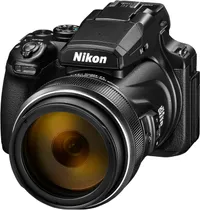This $1,100 camera beats out $10,000 super telephoto lenses for wildlife photography, and I've taken some of my best photos yet
The ideal camera for beginner wildlife photographers
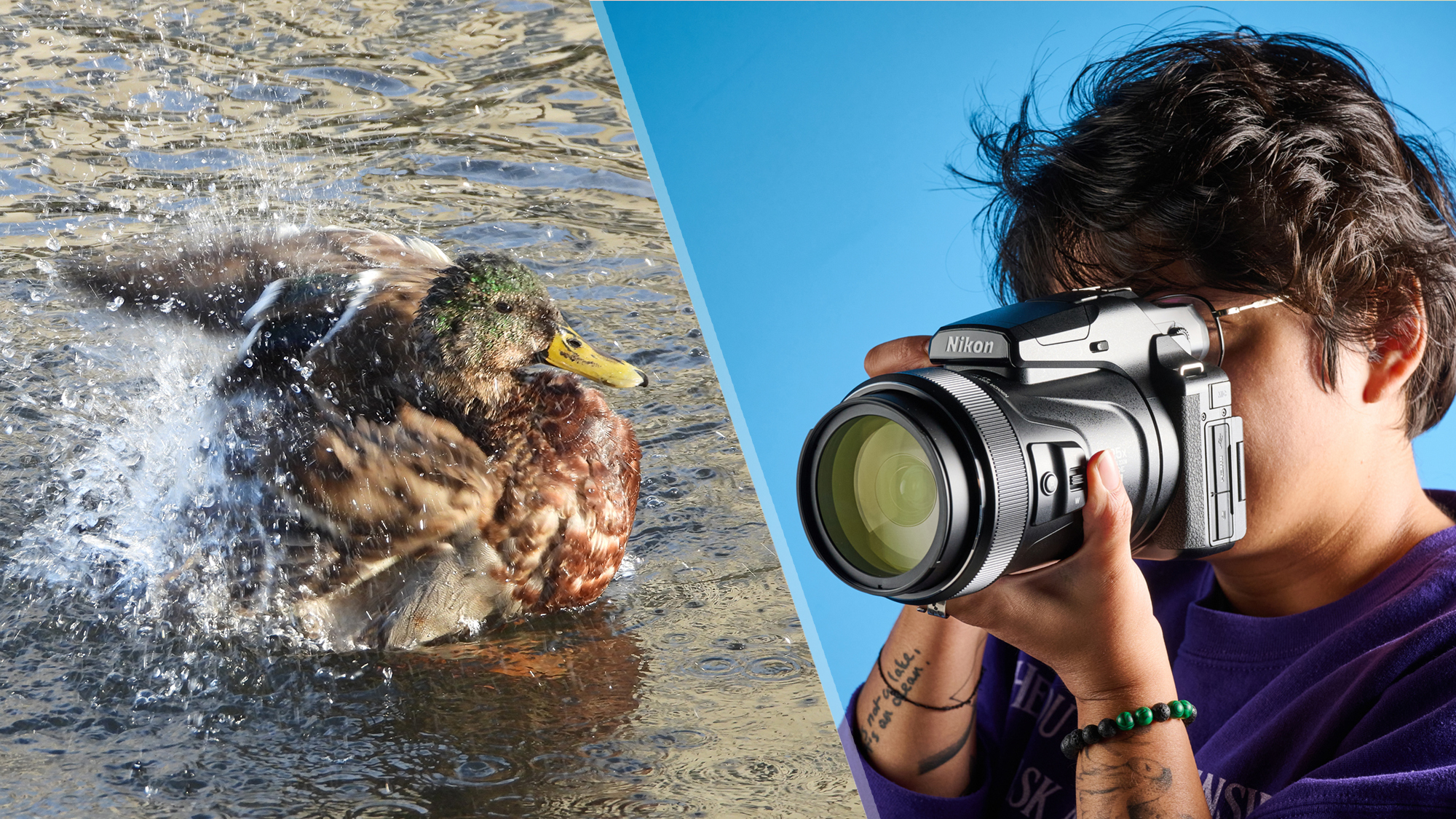
Three things in life are certain: death, taxes, and me taking photos of birds and animals every time I pick up a camera. I love wildlife photography as, ever since I was a child, I've always been fascinated by the creatures that inhabit our beautiful planet. Whether that's a city pigeon or a wild African cheetah, I adore all creatures big and small.
When I test the best cameras, I always photograph swans, ducks and other birds in the river Avon near our office in Bath, U.K. Sometimes, I get lucky and come across a robin or two. But to get really up close and personal with wildlife without disturbing them, you need a long zoom or telephoto lens — and these don't come cheap. However, I've just tested one camera that doesn't break the bank and lets you capture stunning photos, and that's the Nikon Coolpix P1100.
The Nikon Coolpix P1100 is a bridge camera designed for photographing upwards, with dedicated Bird Watching and Moon modes, thanks to its 23-3000mm effective optical focal range. The camera is easy to use thanks to a straightforward control scheme, and although it’s bulky, its ergonomics make it easy to handle.
The Coolpix P1100 is a bridge camera and as is the nature of such cameras, it bridges the gap between compact cameras and DSLRs, giving you the ease-of-use of compacts packed into a DSLR-esque body. I've thoroughly enjoyed using the Coolpix P1100 for bird photography, thanks to its long 24-3000mm effective optical focal range. And the best part? It's cheap! I never thought I'd capture some of my best shots on a camera such as this one.
A whole lotta respect
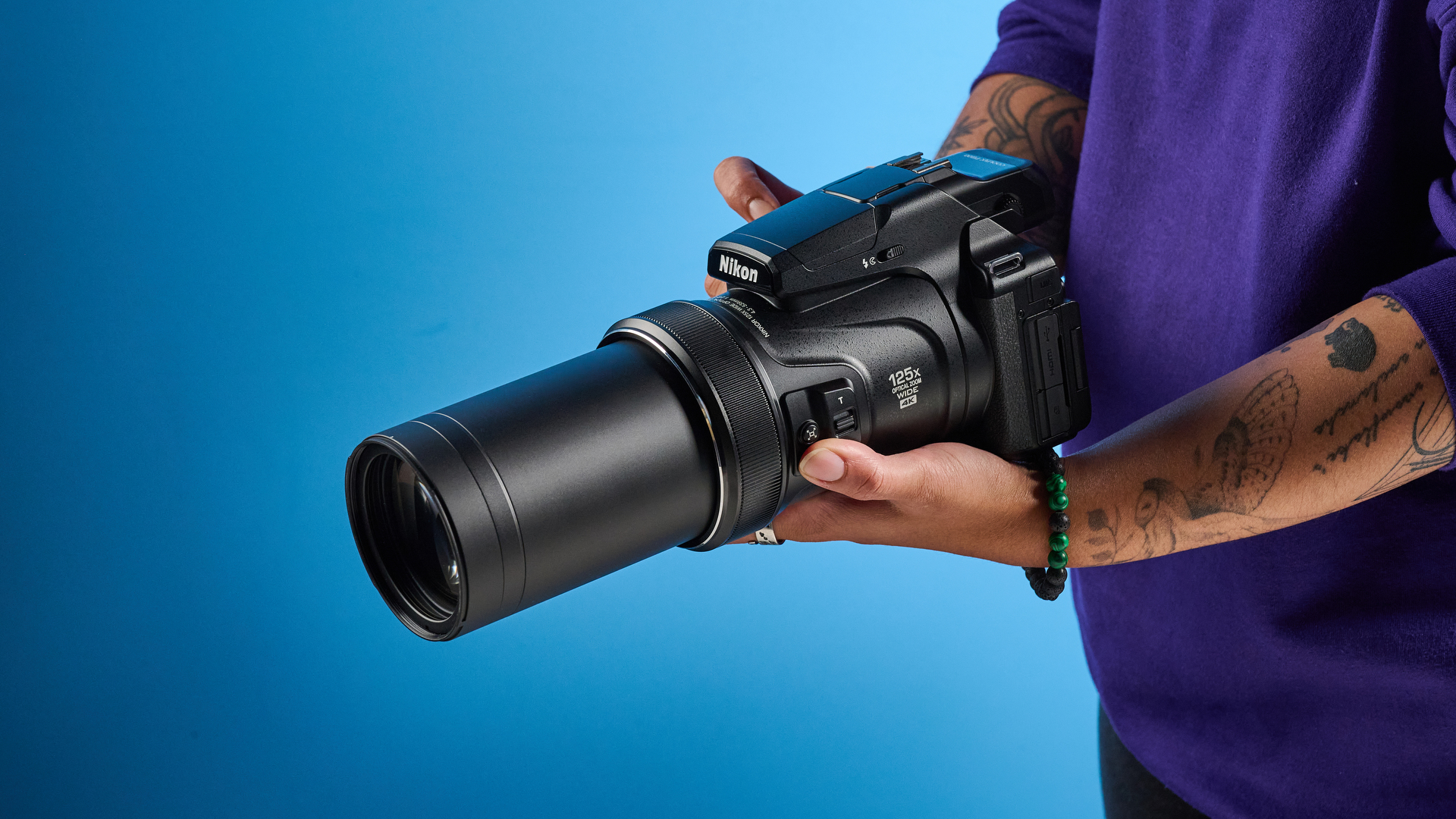
One of the most important rules of wildlife photography is respecting your subjects. You don't want to disturb animals and birds when they're doing their thing, and there's no better feeling than capturing wildlife in their natural habitat. For this reason, wildlife photographers use zoom or telephoto lenses so they can get close to the animal without physically getting close.

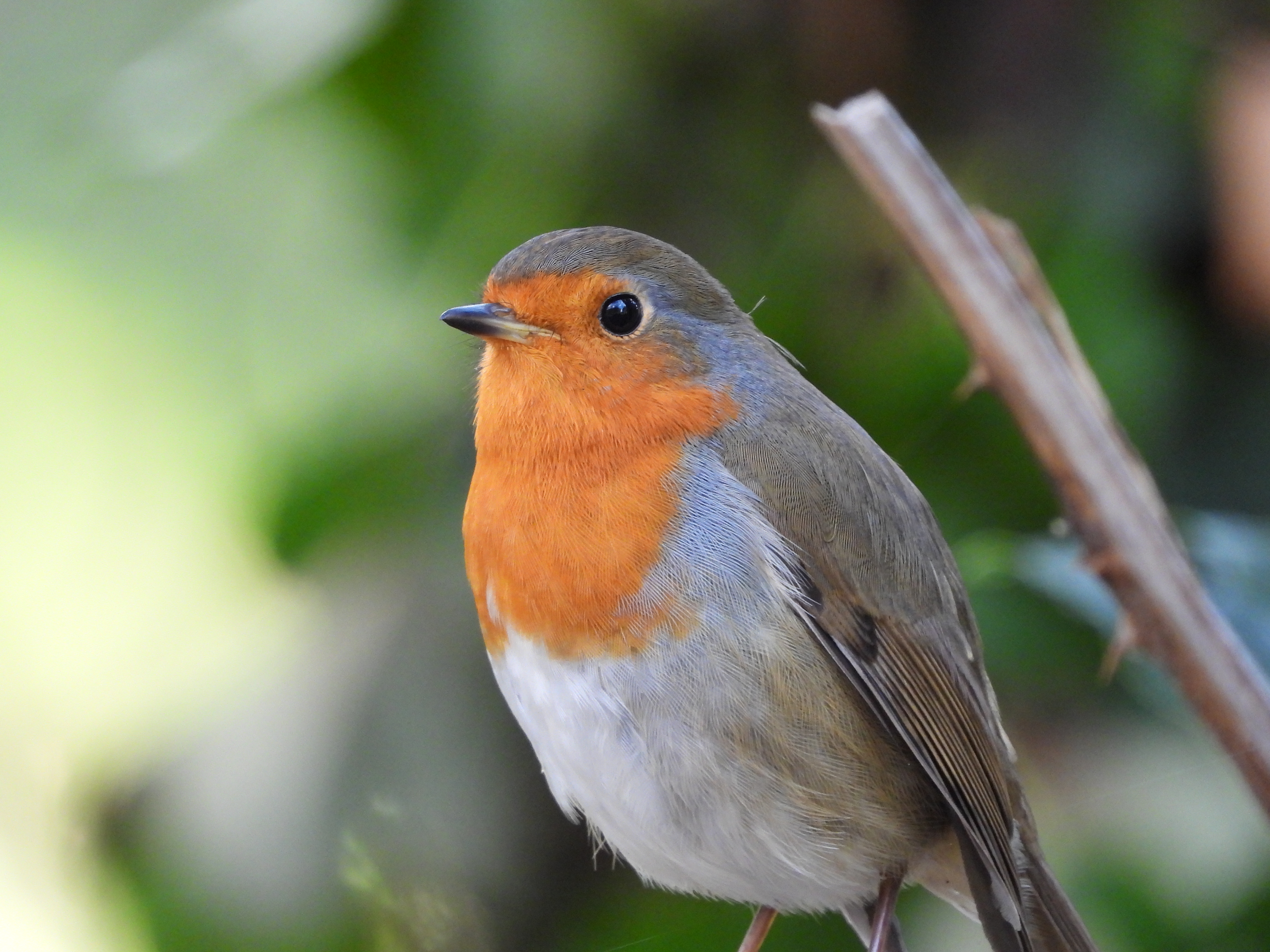
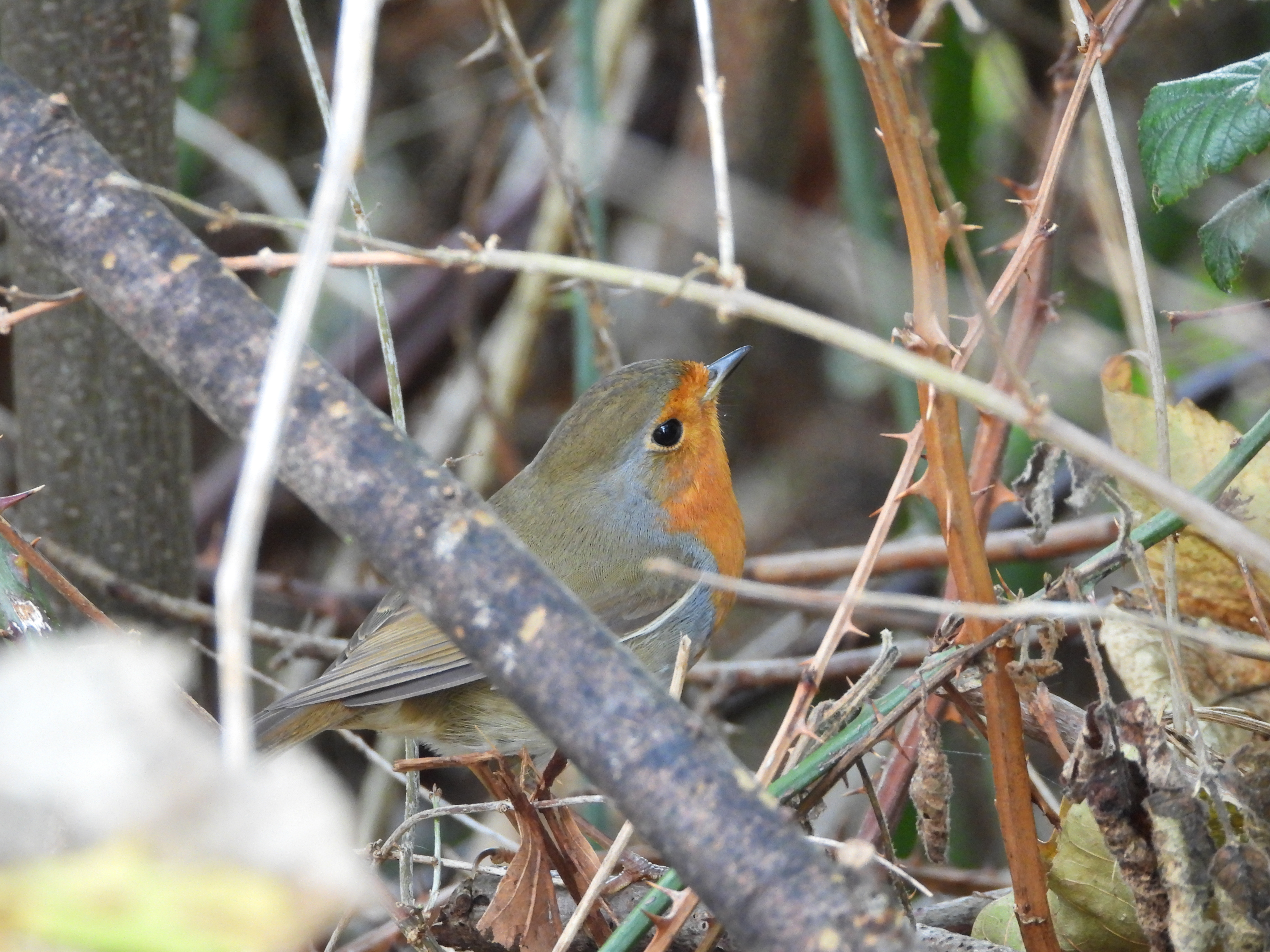
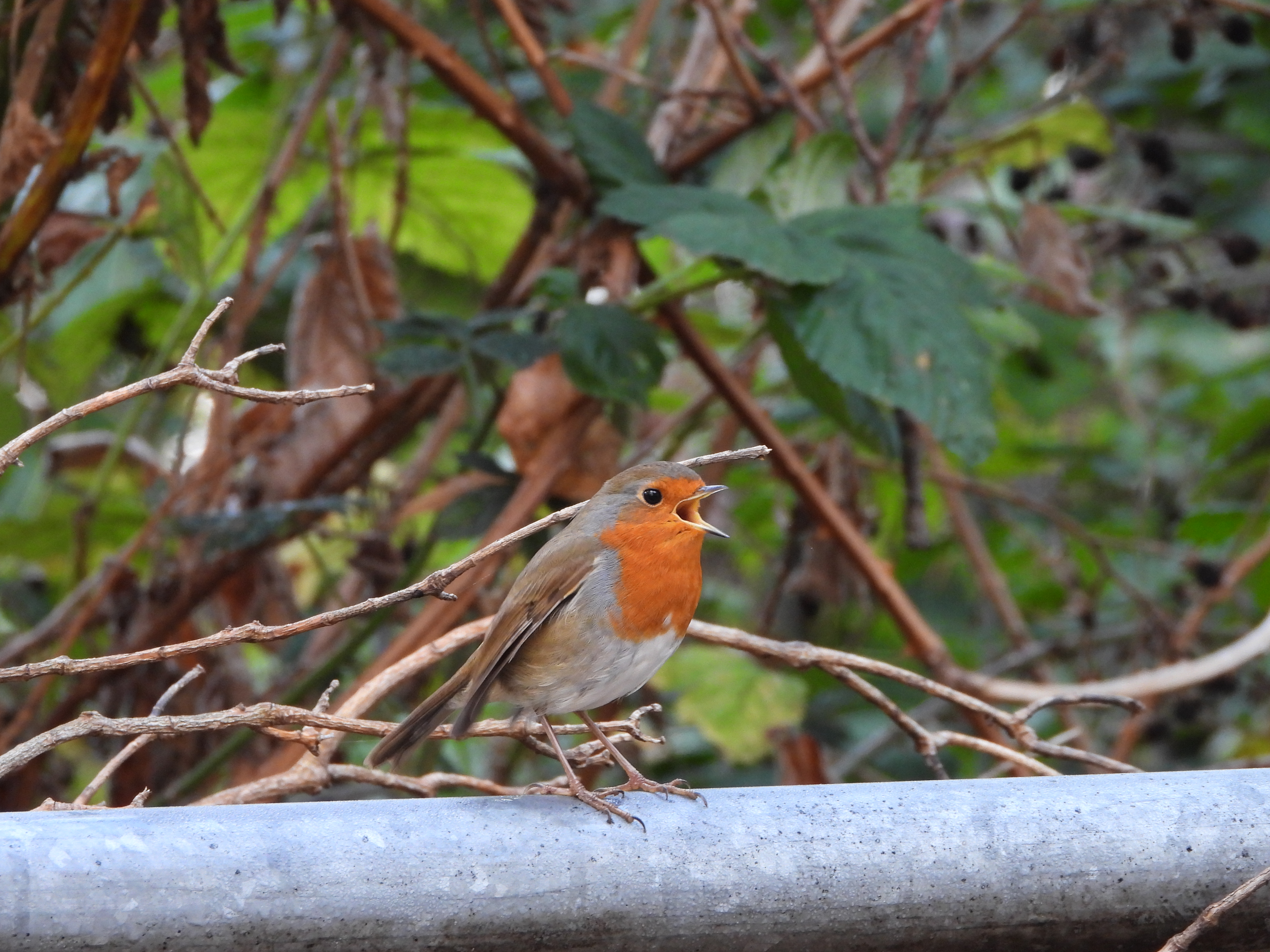
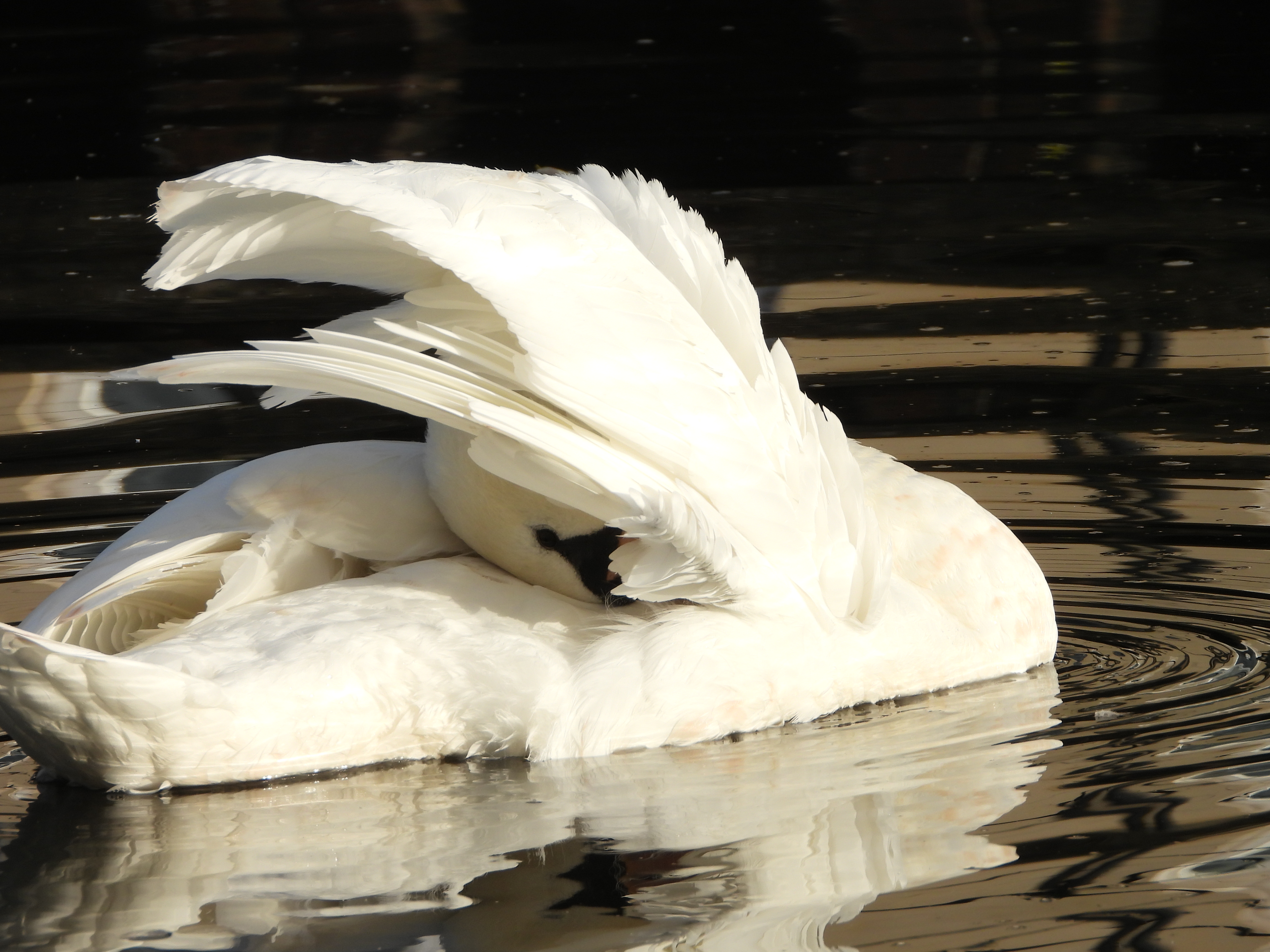
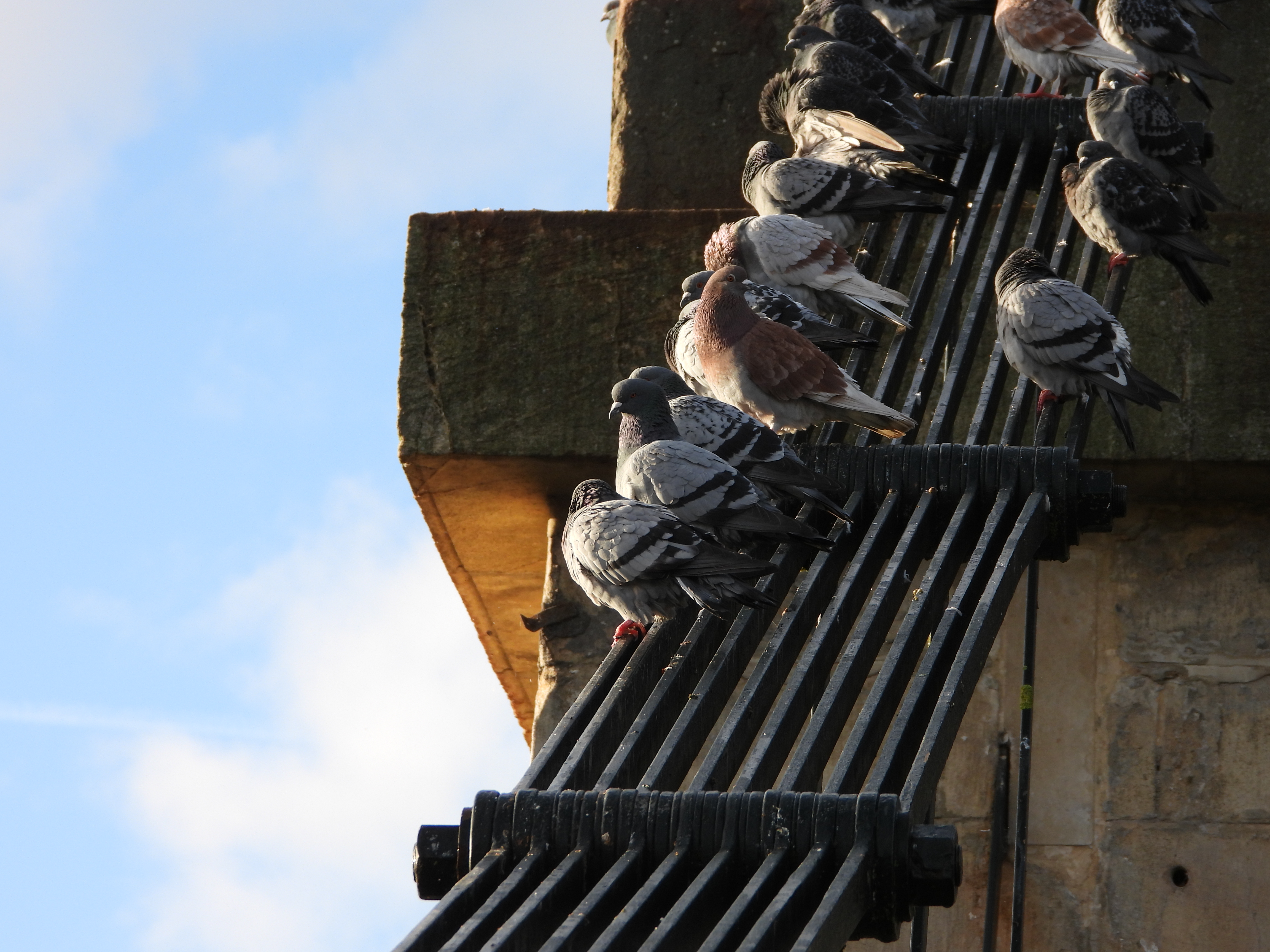
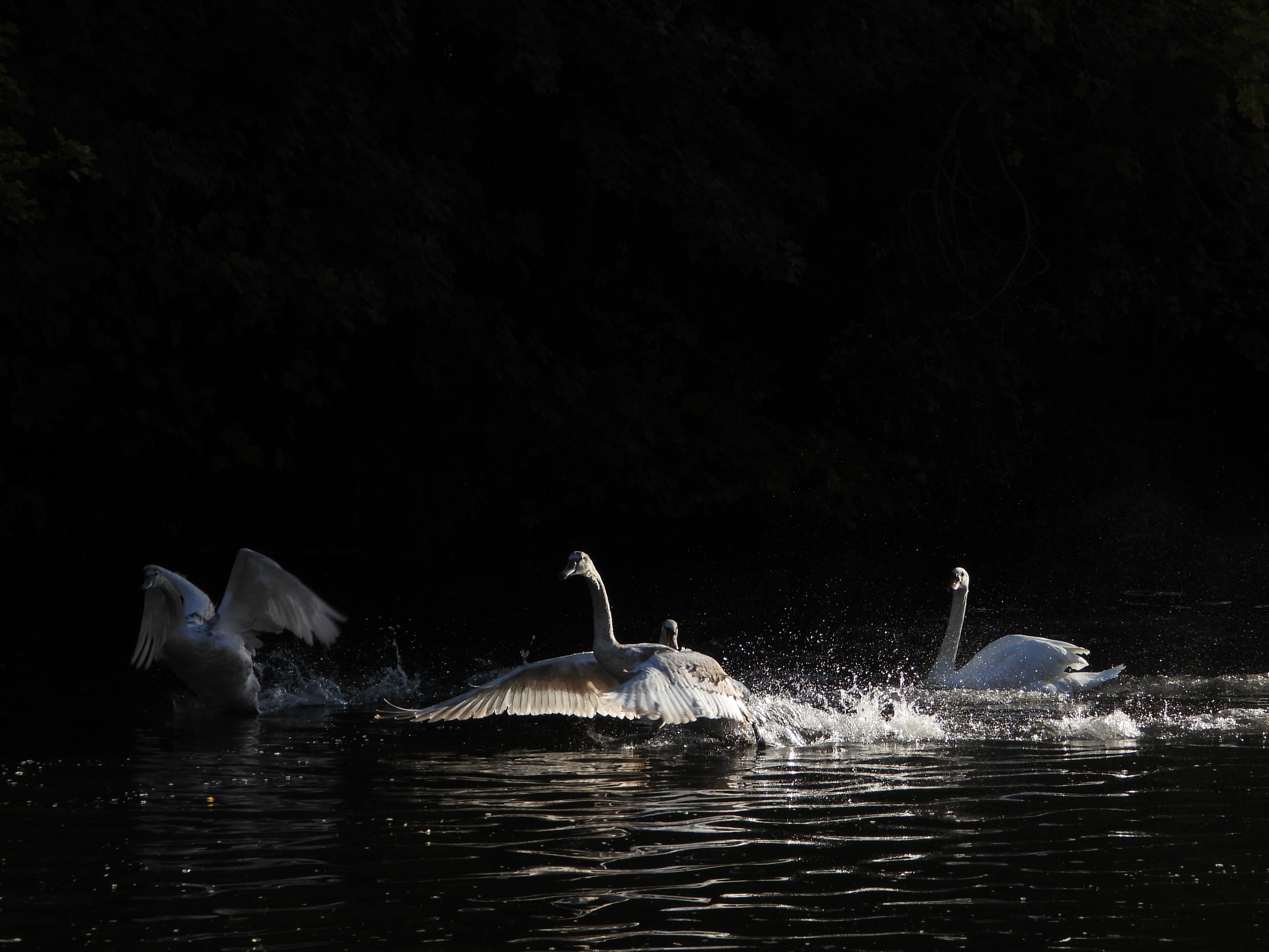
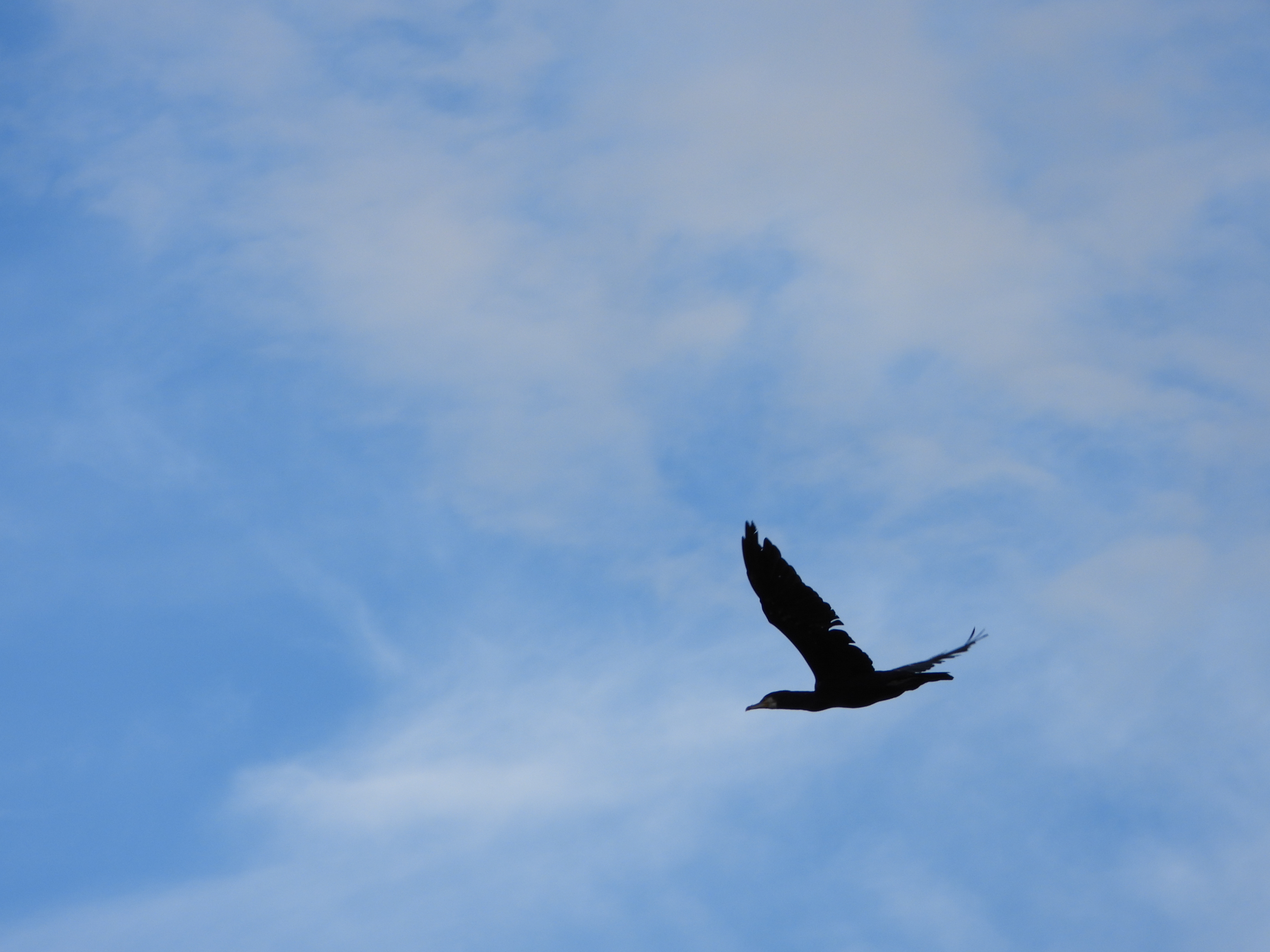
The Nikon Coolpix P1100's biggest selling point is its long-reaching zoom. While the camera's actual focal length is 4.3-539mm, it equates to 24-3000mm on a full frame camera, thanks to its 125x optical zoom. Add to that a 4x digital zoom which pushes its effective focal length even further to a massive 6000mm. Once the camera has reached 3000mm, it applies a 4x digital zoom and starts cropping to achieve 6000mm.
That reach is crazy. I was able to photograph swans far away as well as pigeons and cormorants flying high in the sky with incredible ease.

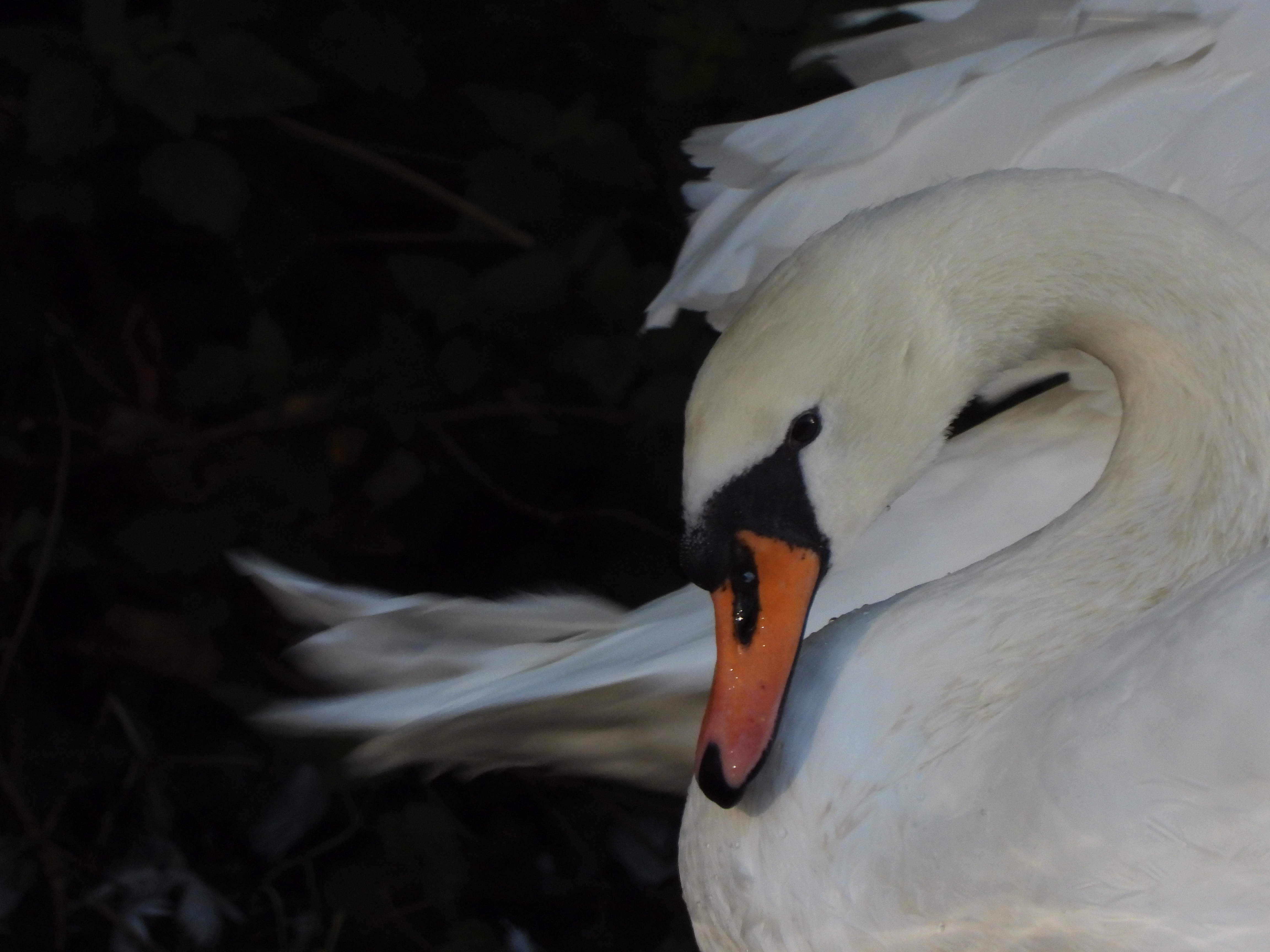
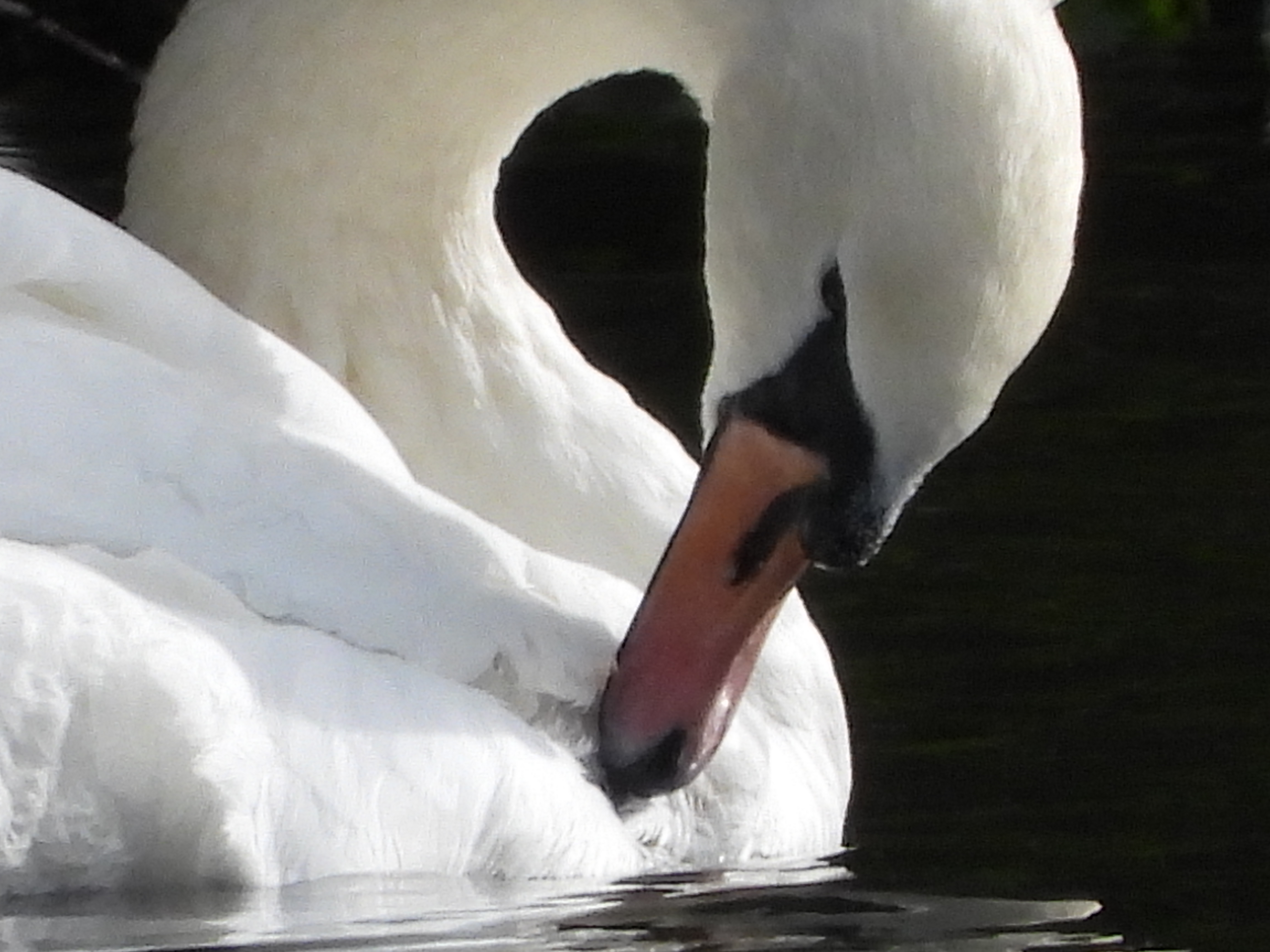
To give you context of what the zoom looks like, swipe through the gallery above. The first photo was taken at 24mm and the second photo was taken at 3000mm, both of the same scene — that's how far you can reach. The third photo was taken at 6000mm on a different day, and you can see the drop in image quality, and that's because the camera has digitally cropped in, as I mentioned earlier.
Get instant access to breaking news, the hottest reviews, great deals and helpful tips.
So, in a nutshell, to take amazing photos of wildlife, all you need to is activate Bird Watching mode via the Bird icon on the dial — which toggles the continuous 7fps drive — and simply zoom in and press the shutter button. The camera will then capture seven frames. Yes, it really is that easy, and that's what makes this camera perfect for beginners.
Snap back to it
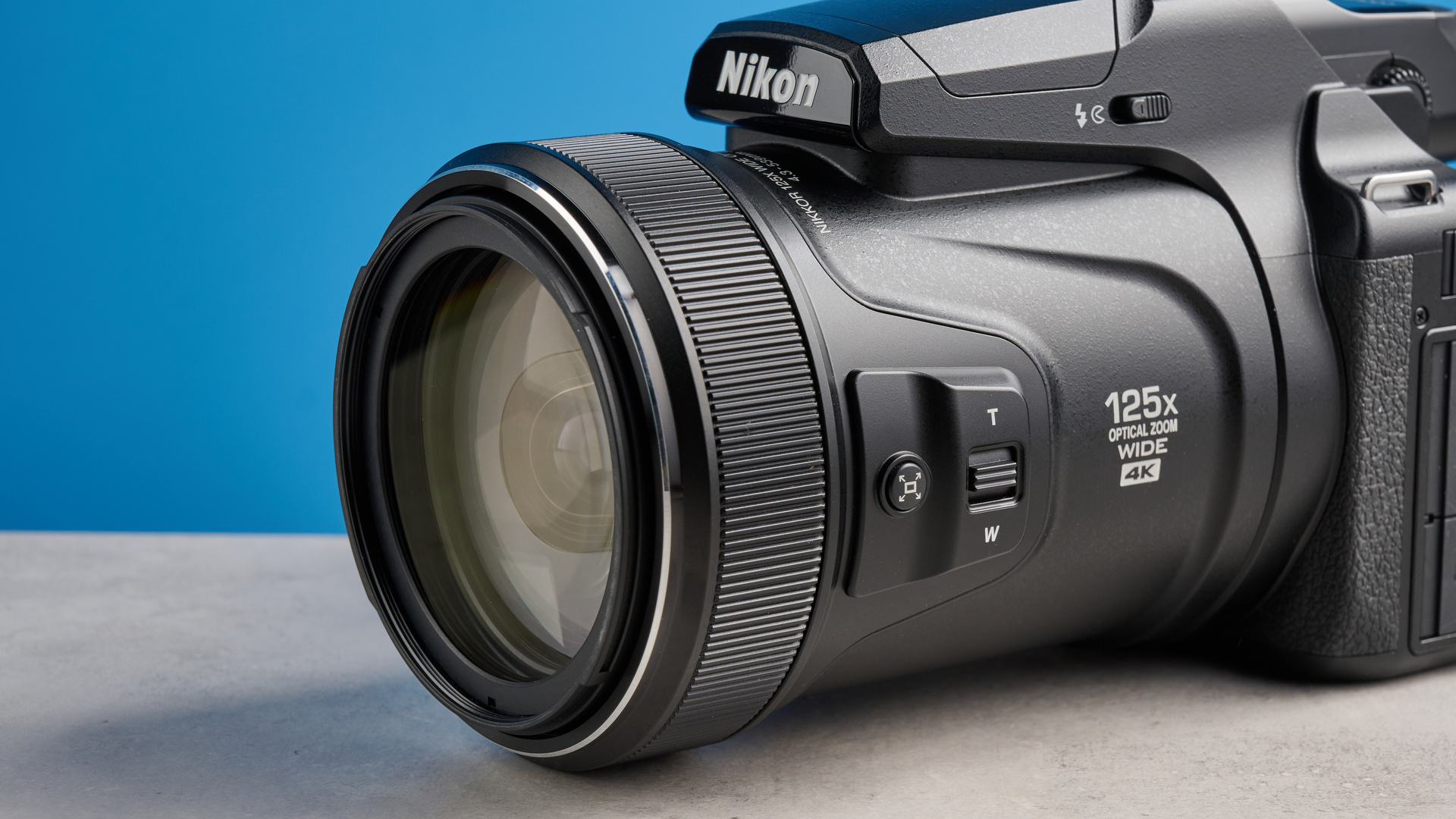
Remember when I said before that bridge cameras possess compact cameras' ease of use? Another reason why the Nikon Coolpix P1100 is a great camera for beginner/enthusiast wildlife photographers is its straightforward control scheme. Thanks to the dials and buttons being well-laid-out, the Coolpix P1100 can be used straight out of the box. No need for any tedious setups or understanding which buttons executed what command — you're ready to go within seconds.
The Coolpix P1100's menus are stripped back too and extremely easy to read and navigate. The non-touchscreen vari-angle 3.2-inch TFT LCD monitor is bright enough to see in most lighting conditions. I also love how it can be tilted at different angles, so you can continue photographing comfortably regardless of where your subject is — whether that's low to the ground or right overhead in the sky.
Making compromises
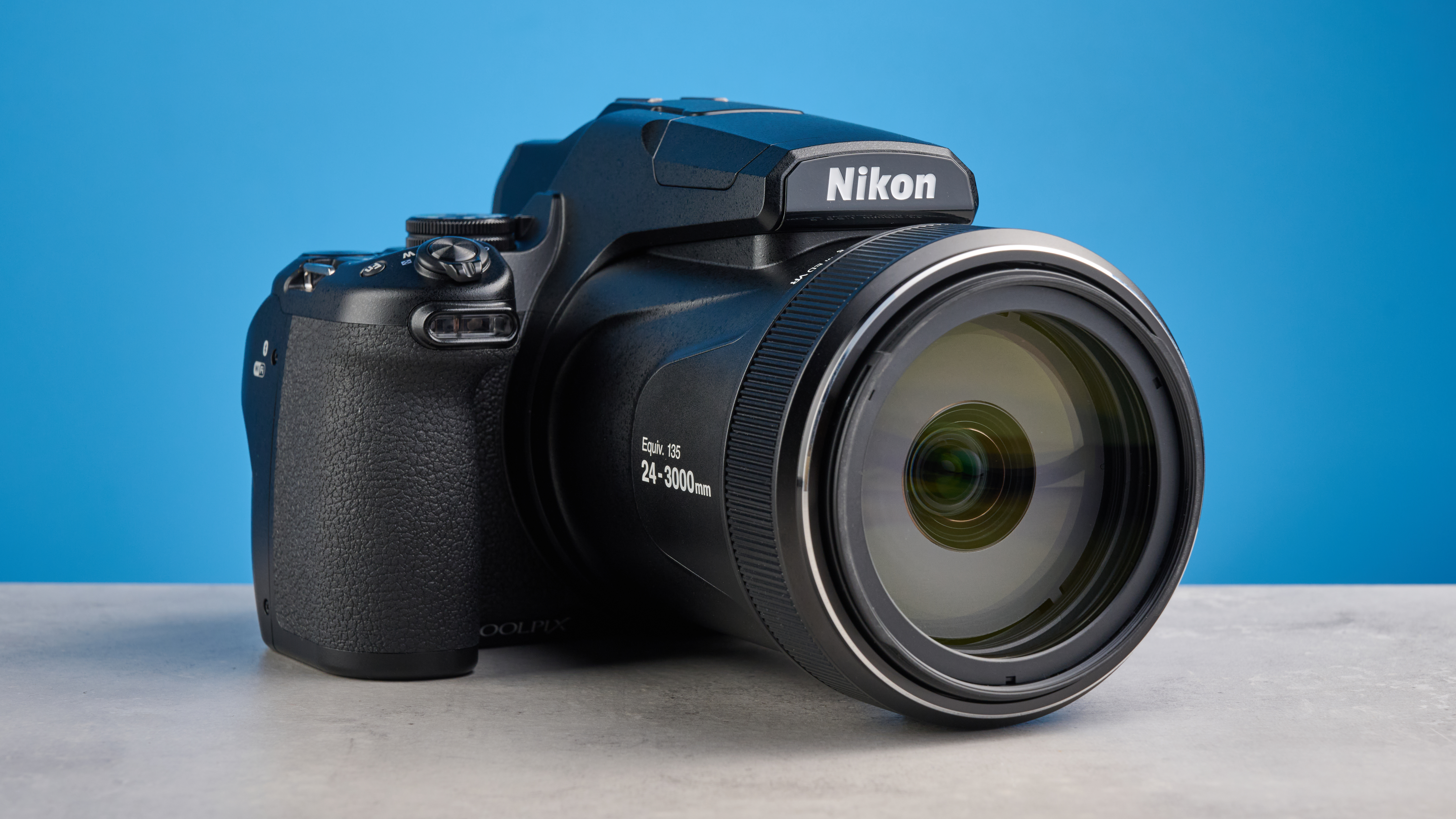
It takes a lot for a camera to be considered perfect, or even near-perfect, and I'll be honest: the Nikon Coolpix P1100 falls short. Don't get me wrong, this is a fantastic camera, but given its low price point and DSLR-like nature, it doesn't feature the latest and greatest image processing tech which, in turn, holds it back.
It's got a small 1/2.3-inch sensor that limits its ISO range to just 6,400. There's no animal subject detection so it can be difficult to photograph moving wildlife. And it's really bulky, measuring 5.8 x 4.7 x 7.2 inches and weighing 3.1 pounds, so it can be slightly tedious to travel with. But we must also remember that this isn't an expensive camera.
Given that you're getting a body with a built-in lens that can extend to 24-3000mm (effectively), the Coolpix P1100 feels like an absolute steal. The best mirrorless cameras, in comparison, easily cost over a grand for just a body — and lenses are a whole other story.


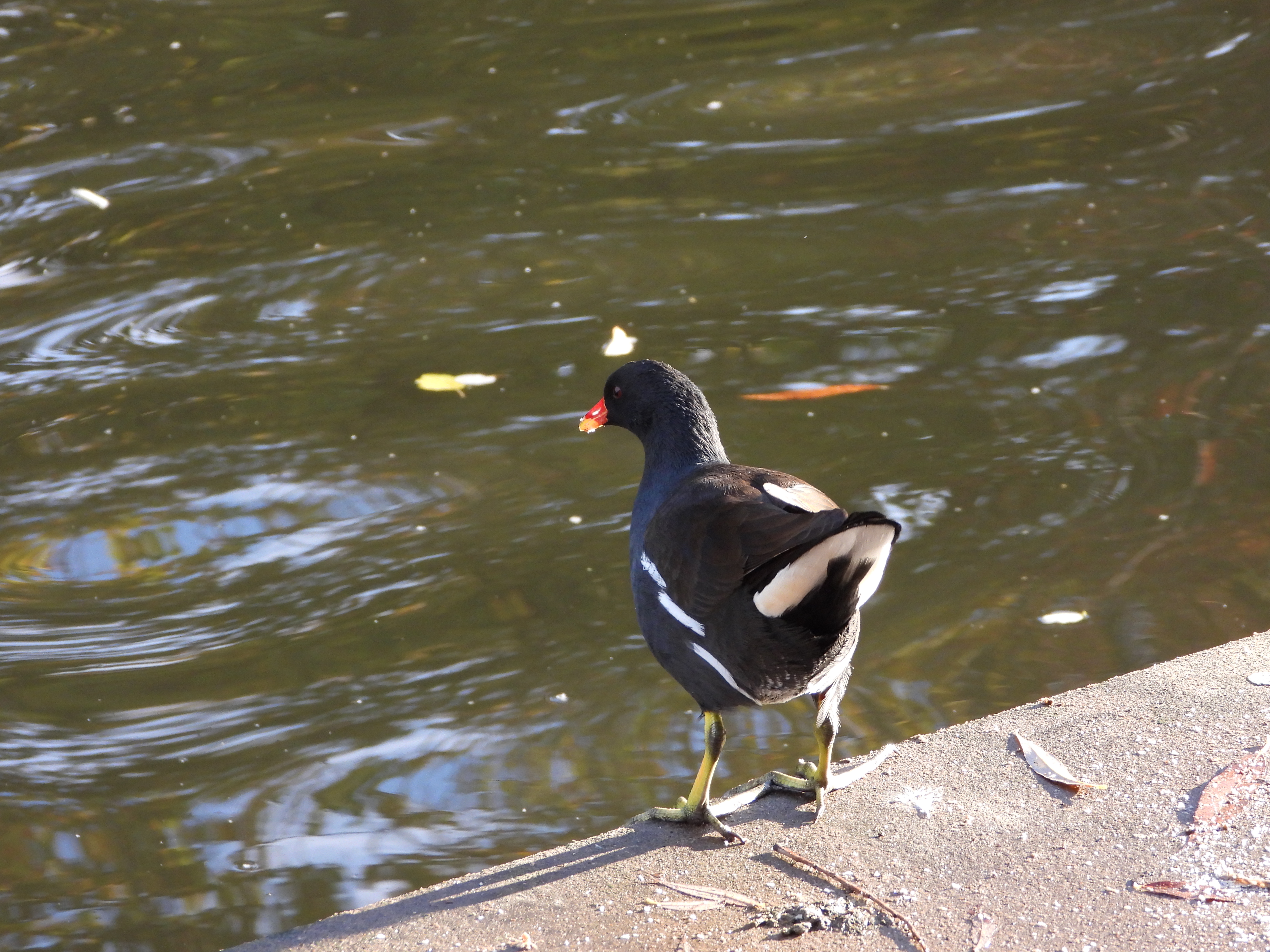
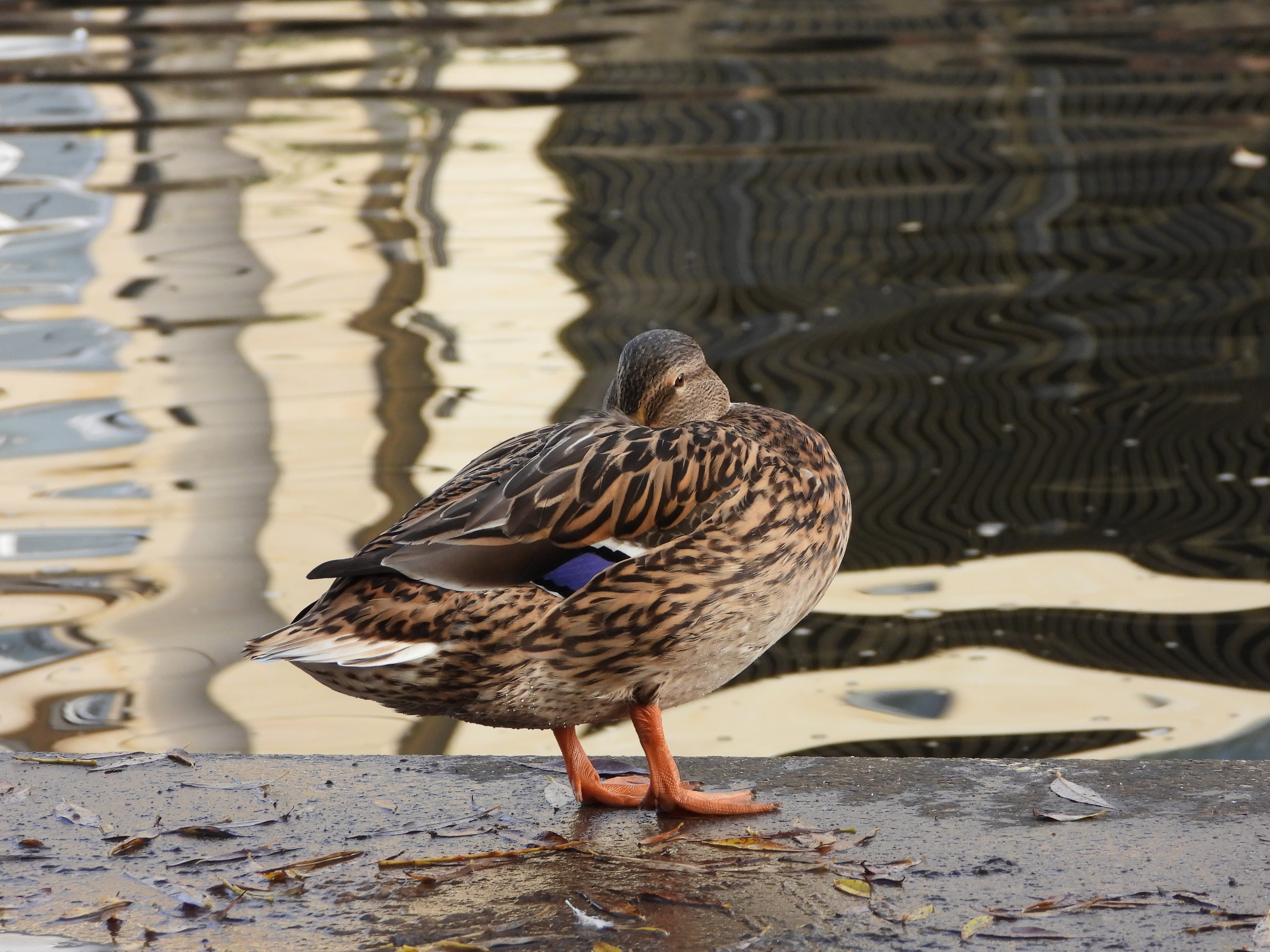

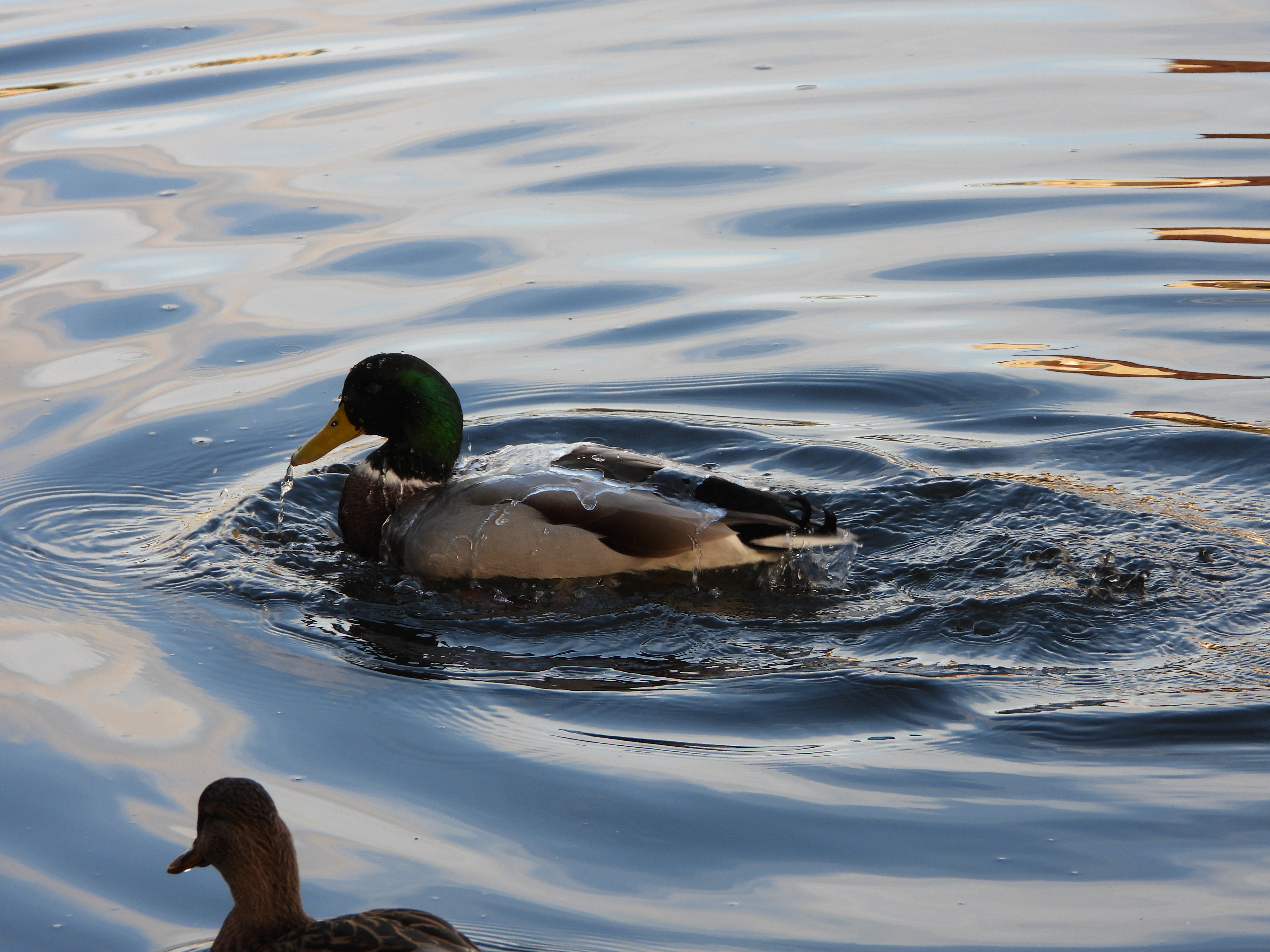

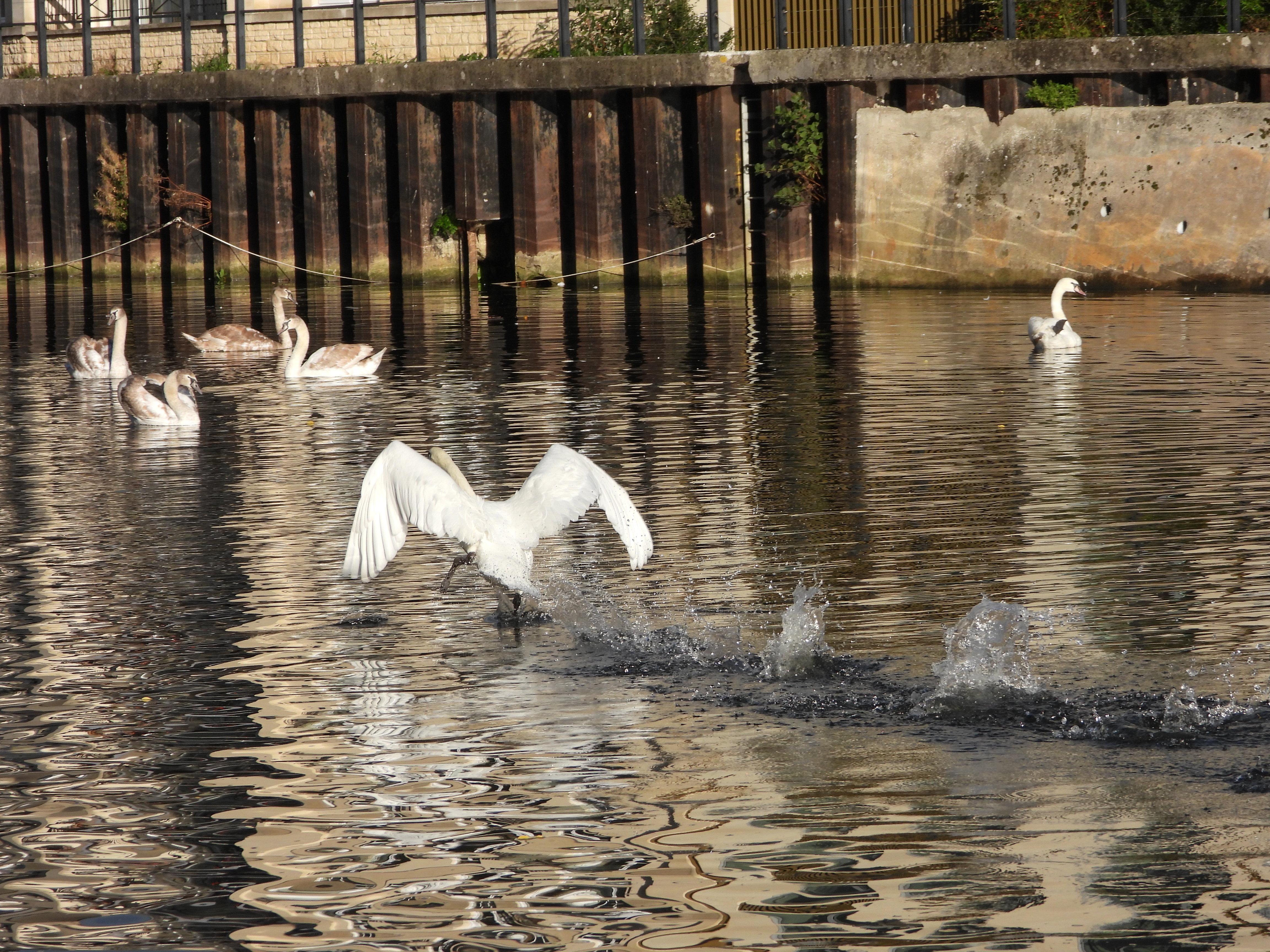
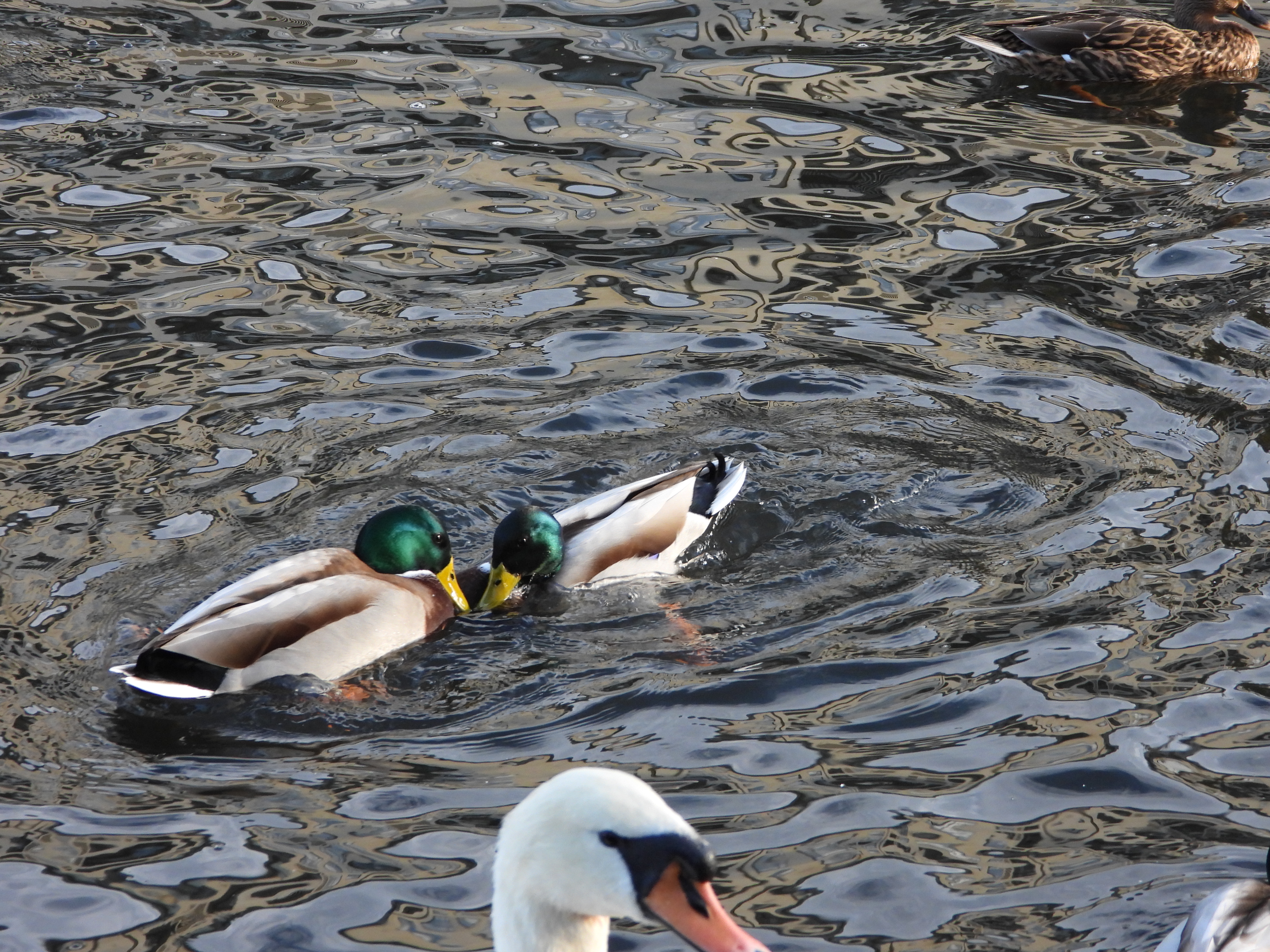

A new mirrorless body with a super telephoto lens is going to break the bank, and I'm not even sugarcoating it. For example, Canon's famous RF1200mm lens costs a whopping $22,000, while Sony's 400-800mm lens costs well over $3,000. All of a sudden, it doesn't seem too bad making compromises for the Coolpix P1100, huh?
Of course, it's difficult to beat mirrorless cameras and glass when it comes to image quality, and I wouldn't expect a bridge camera to do that. But the Coolpix P1100 is the best place to start if you want to get into wildlife photography, and then work your way up. As someone who has a tendency to cry at just how stunning animals and birds are, trust me, you won't regret investing in this camera.

Follow Tom's Guide on Google News and add us as a preferred source to get our up-to-date news, analysis, and reviews in your feeds.
More from Tom's Guide
- The Nikon Coolpix P1100 is a great camera for bird and astrophotography... but there’s a catch
- I spent three hours with the new Fujifilm X-T30 III — this could be the mid-range mirrorless to beat
- I’ve been testing the Leica SL3 — it’s the only camera that’s made me want to ditch my Fujifilm

Nikita is a Senior Writer on the Reviews team at Tom's Guide. She's a lifelong gaming and photography enthusiast, always on the lookout for the latest tech. Having worked as a Sub Editor and Writer for Canon EMEA, she has interviewed photographers from all over the world and working in different genres. When she’s not working, Nikita can usually be found sinking hours into RPGs on her PS5, flying a drone (she's a licensed drone pilot), at a concert, or watching F1. Her work has appeared in several publications including Motor Sport Magazine, NME, Marriott Bonvoy, The Independent, and Metro. You can follow her photography account on Instagram here.
You must confirm your public display name before commenting
Please logout and then login again, you will then be prompted to enter your display name.
